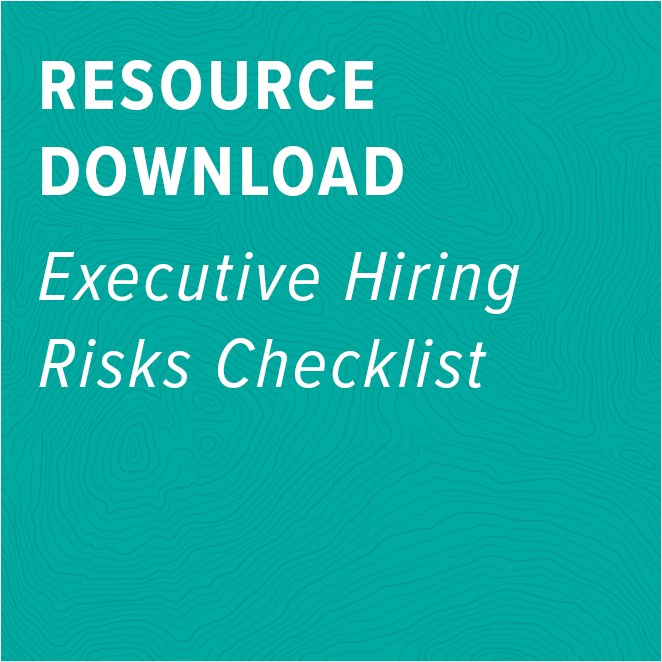
A Cautionary Tale for Hiring-Managers-as-Salespeople
A farmer walks into his old barn to have a conversation with his favorite horse. In this story, horses can talk. The farmer makes his way back through the stalls to his favorite horse and asks him if he’d like to see the new barn he built. The horse is excited to get out of his old stall for a bit and happily agrees. Together they walk down the hill, the farmer leading the horse, to see the new barn. It’s bigger than the old one. Cleaner. Built with all the latest technology. It’s a place where horses can be warm and comfortable year-round. The horse agrees it’s the nicest barn he’s ever seen, and then he asks the farmer to take him back home.
“Why?” asks the farmer. “You said it was the nicest barn you’ve ever seen. Why won’t you stay?”
“Because,” says the horse, “you asked if I wanted to see the new barn, not if I wanted to live in it.”
At Highline, this is a story we tell often. While some candidates might prefer not to be referred to as barnyard animals, the heart of the story is true to the nature of what we do every day as we seek out qualified and excited candidates for executive positions in some of the most respected outdoor and active lifestyle companies in the industry.
You Can Lead a Candidate to Water, But You Can’t Make Them Drink
Much like the farmer in the story, it would be easy for me to take an open position to a candidate with the right qualifications and ask if they’d like to explore it with me. New jobs are a lot like that new barn; they represent a total change of scenery. In a world where horses talk, few horses would pass on the chance to see something so new and wonderful. Likewise, it’s rare that someone is going to turn down an offer to at least consider a new position with a new company, maybe in a completely new part of the world. After all, wouldn’t you at least entertain the notion of a job offer where the money is right and the position is interesting?
But that’s where the farmer-and-horse metaphor ends. Because executive candidates aren’t horses, and they’ll only let you lead them so far if they really don’t want to make a change. I’ve seen it many times: A hiring manager tells someone they know about an incredible new position. That candidate knows from the start of the conversation what the hiring manager is looking for and, whether they’re truly interested in the job or not, they’ll start to become whatever it takes to keep the conversation going. The hiring manager thinks they’ve found the right person, someone with real interest, only to find after several meetings and weeks of negotiations that they didn’t ever really feel motivated to take the position in the first place. They were happy with the barn they already had, so to say.
What Does the Horse Want?
In our story, the farmer made the mistake of assuming that his horse would want to move right into the new barn once he saw it. If he represents a hiring manager, he didn’t ask the horse if he wanted a new job; he asked if he wanted to see a new job. Rather than make the same mistake the farmer did, we’ve learned to start our story with every executive search by asking a completely different question. We don’t tell our candidates about this shiny, new job we have to offer them. Instead, we ask what they want. Maybe the farmer would have had an easier time moving his favorite horse to the new barn if he’d asked the horse a few questions about what the horse wants out of his life. Is he comfortable where he is? Is there anything missing from his old barn? With every candidate I encounter, my role is less salesman and more coach. I want to know what makes each candidate tick. What makes them hungry, what motivates them to work and to learn and to grow. In the process, I want to know what I can do to help place them in a role that will challenge them and satisfy them and align with their goals for their life.
This notion of motivation—it’s everything when you’re reviewing candidates to join your company. The last thing you want is to lead an unmotivated horse to the barn, only to find out they have no intention of moving. Rather, if you can establish a candidate’s goals and their motivations for potentially making a career move, you can better separate the serious candidates from the people who are just looking because you gave them something fun to look at.
So, how do you tell the difference between a good motivation for someone to potentially see the hiring process through and accept a position, and a bad motivation that signals your position might not be an ideal fit? Let’s explore that in next week’s blog post.
==========
About the Author: Tony O’Neill is the Founder and President of Highline Outdoor Group — the purpose-driven executive search firm for forward- thinking outdoor industry and sporting goods companies and brands.
[su_row][su_column size=”1/2″ center=”no” class=””] [/su_column] [su_column size=”1/2″ center=”no” class=””]
[/su_column] [su_column size=”1/2″ center=”no” class=””]
Executive Hiring Risks Checklist
What are you doing to make sure you land your #1 candidate with each hire? Attracting executive candidates is a process rife with risk—if you don't know how to head that risk off ahead of time. Download our Executive Hiring Risks Checklist to take control of your hiring process and secure your top choice every time.